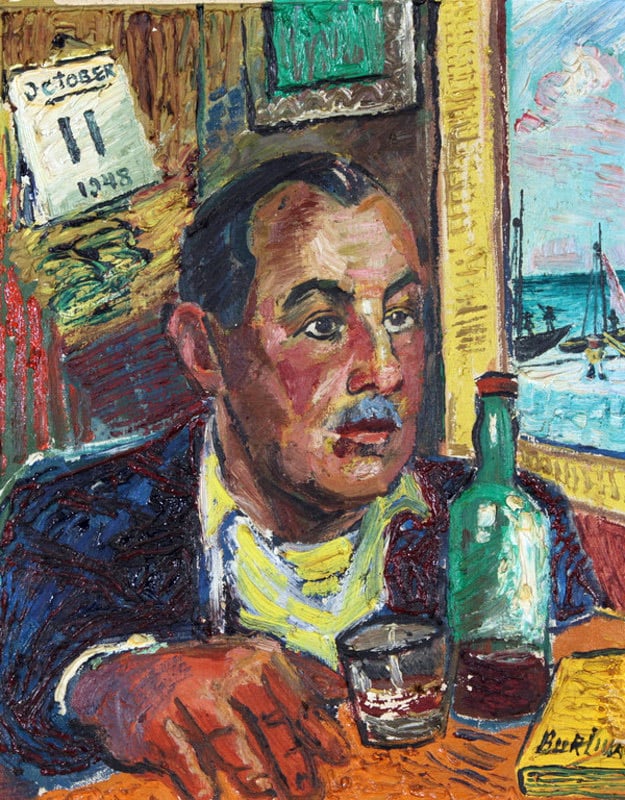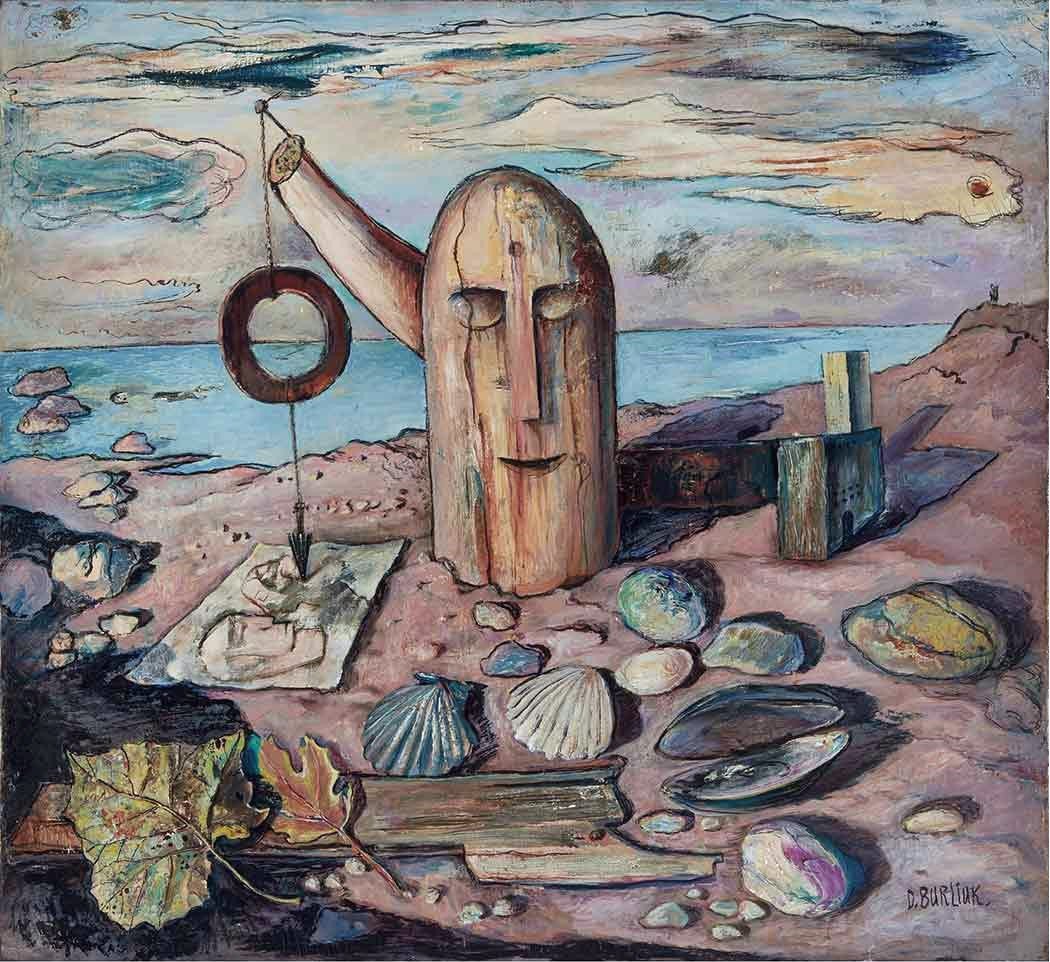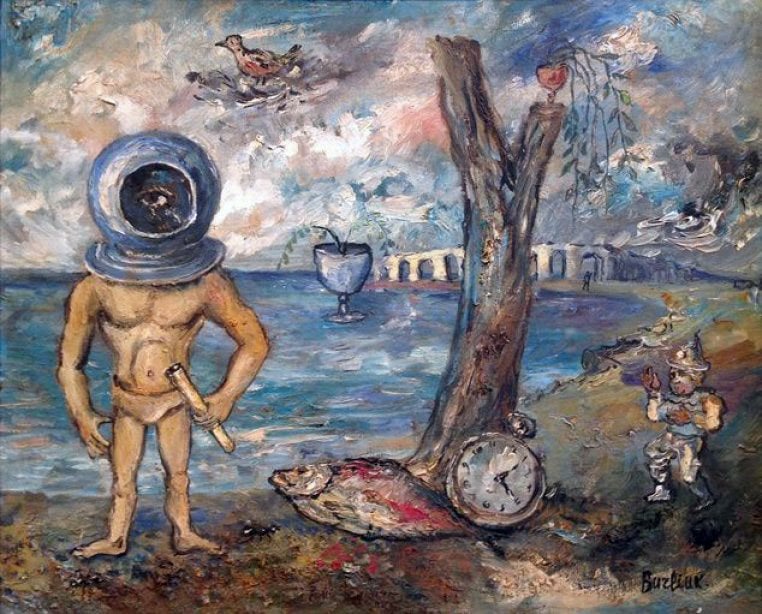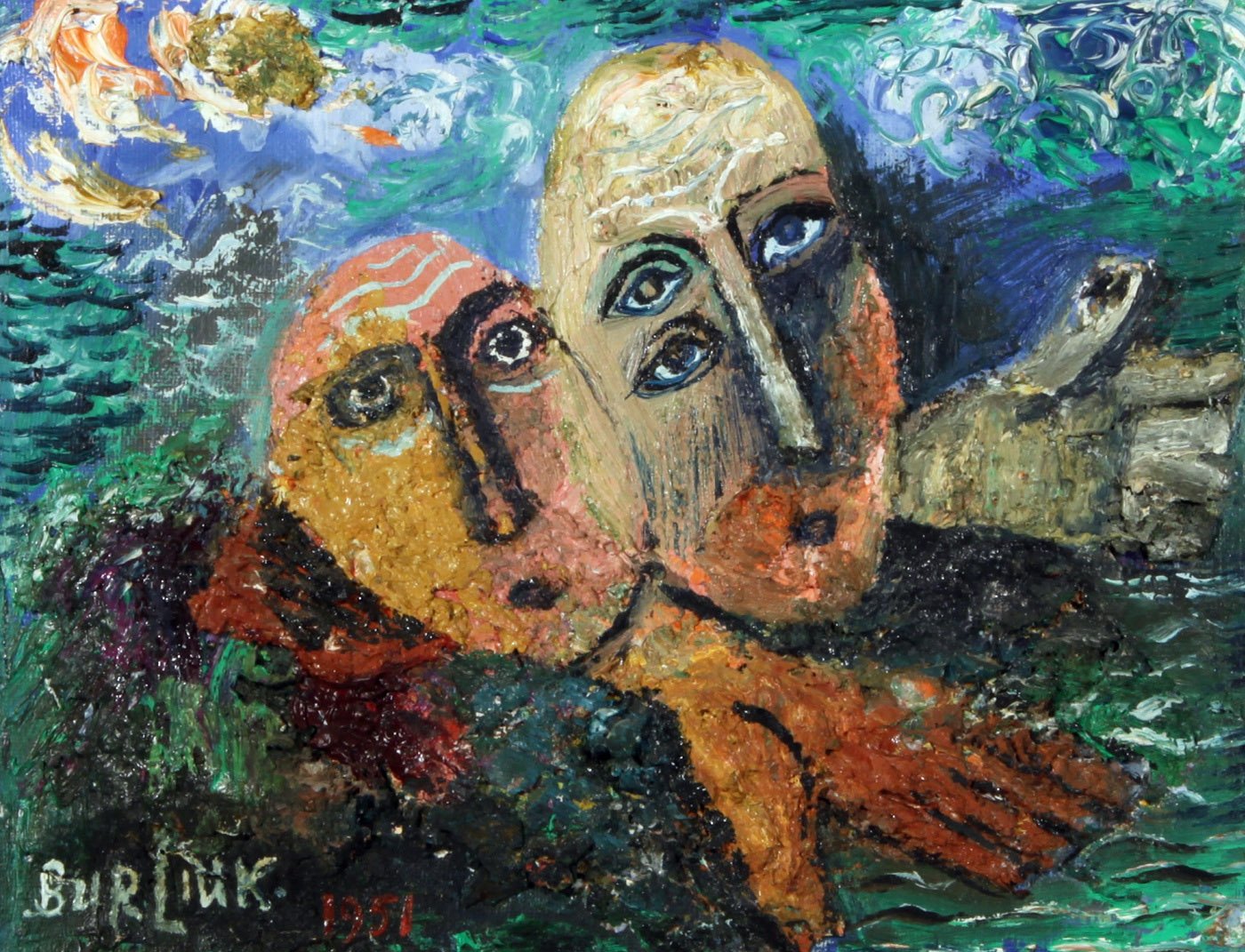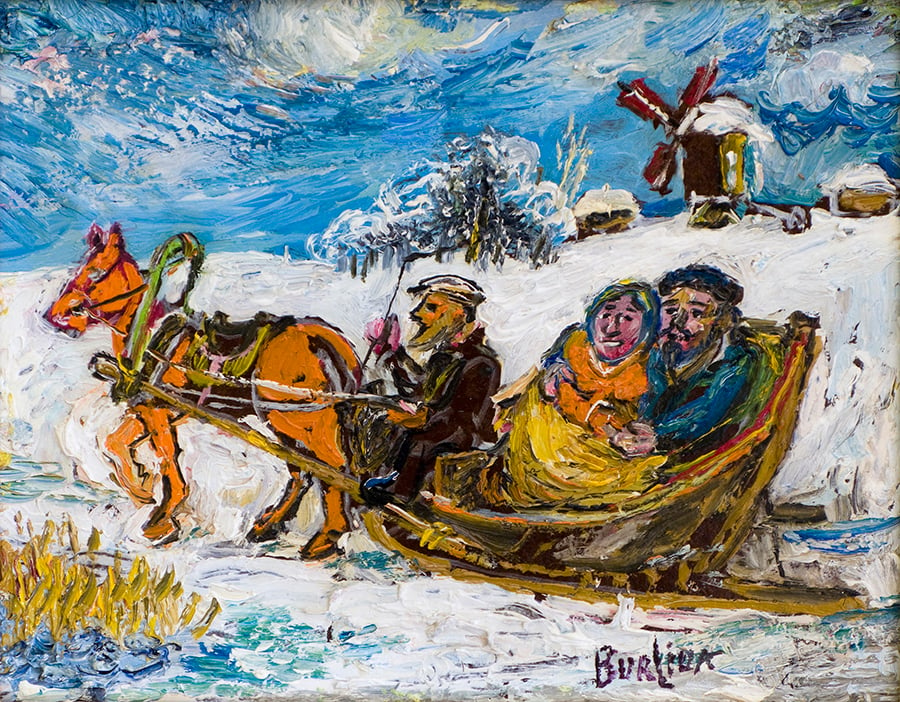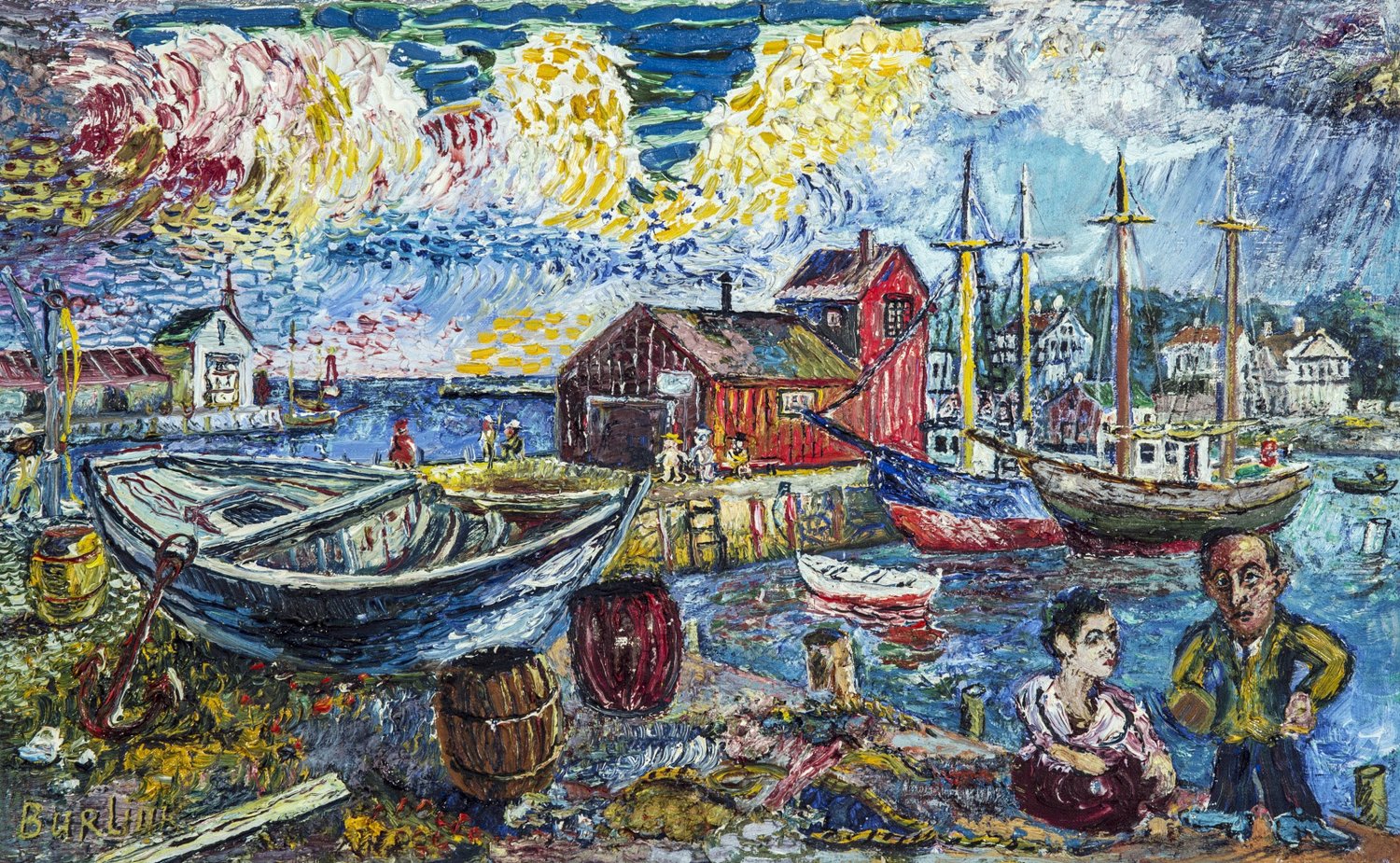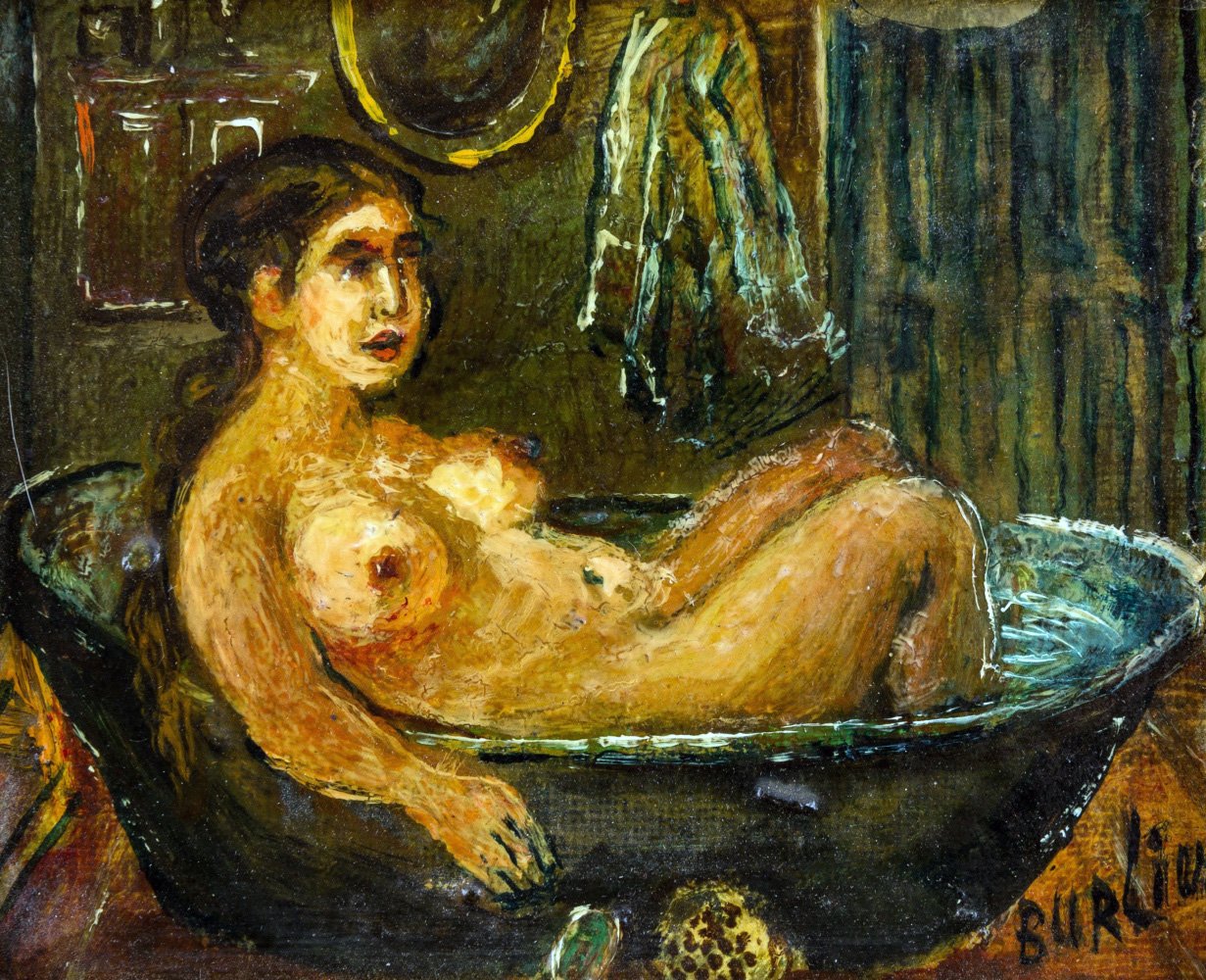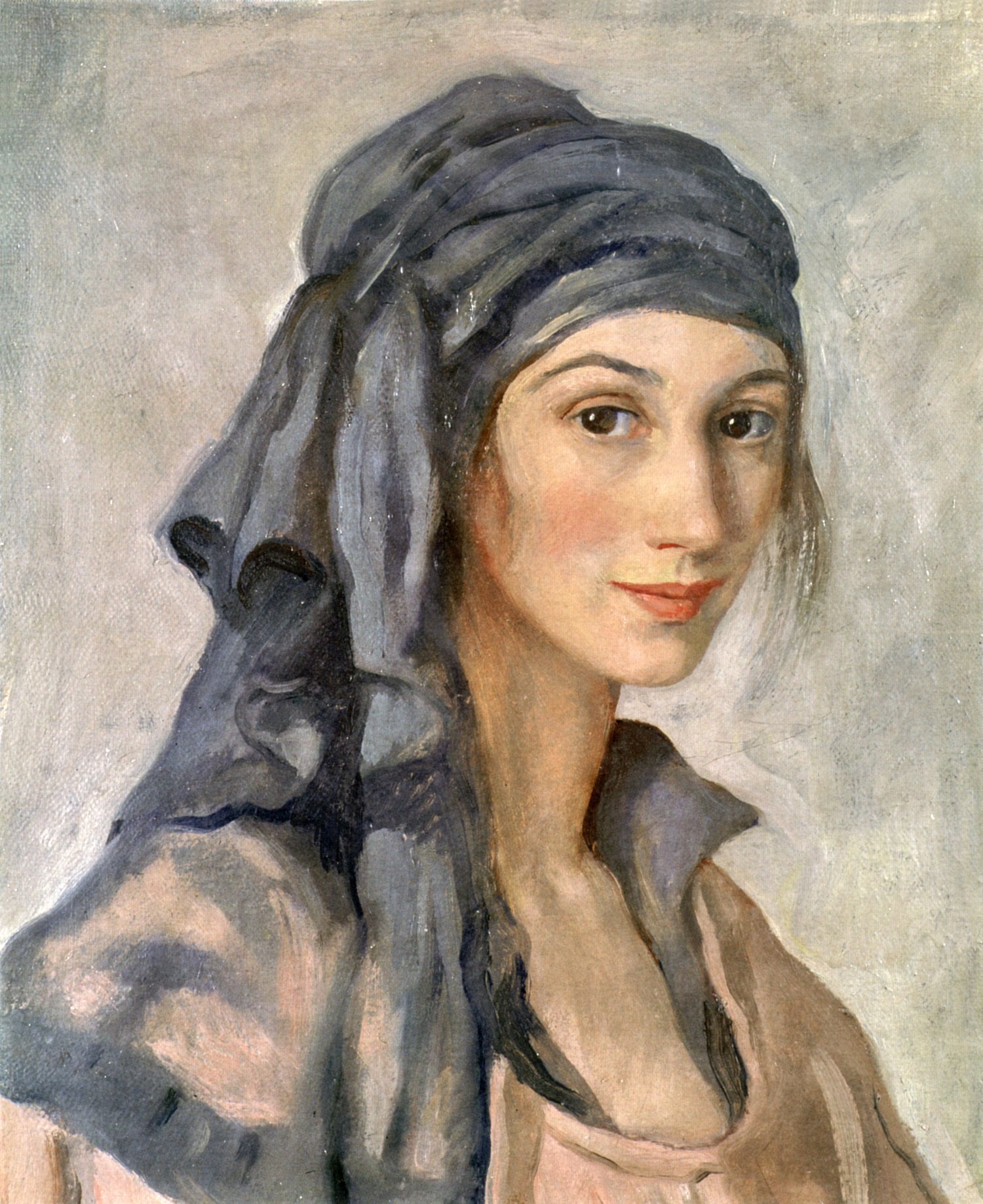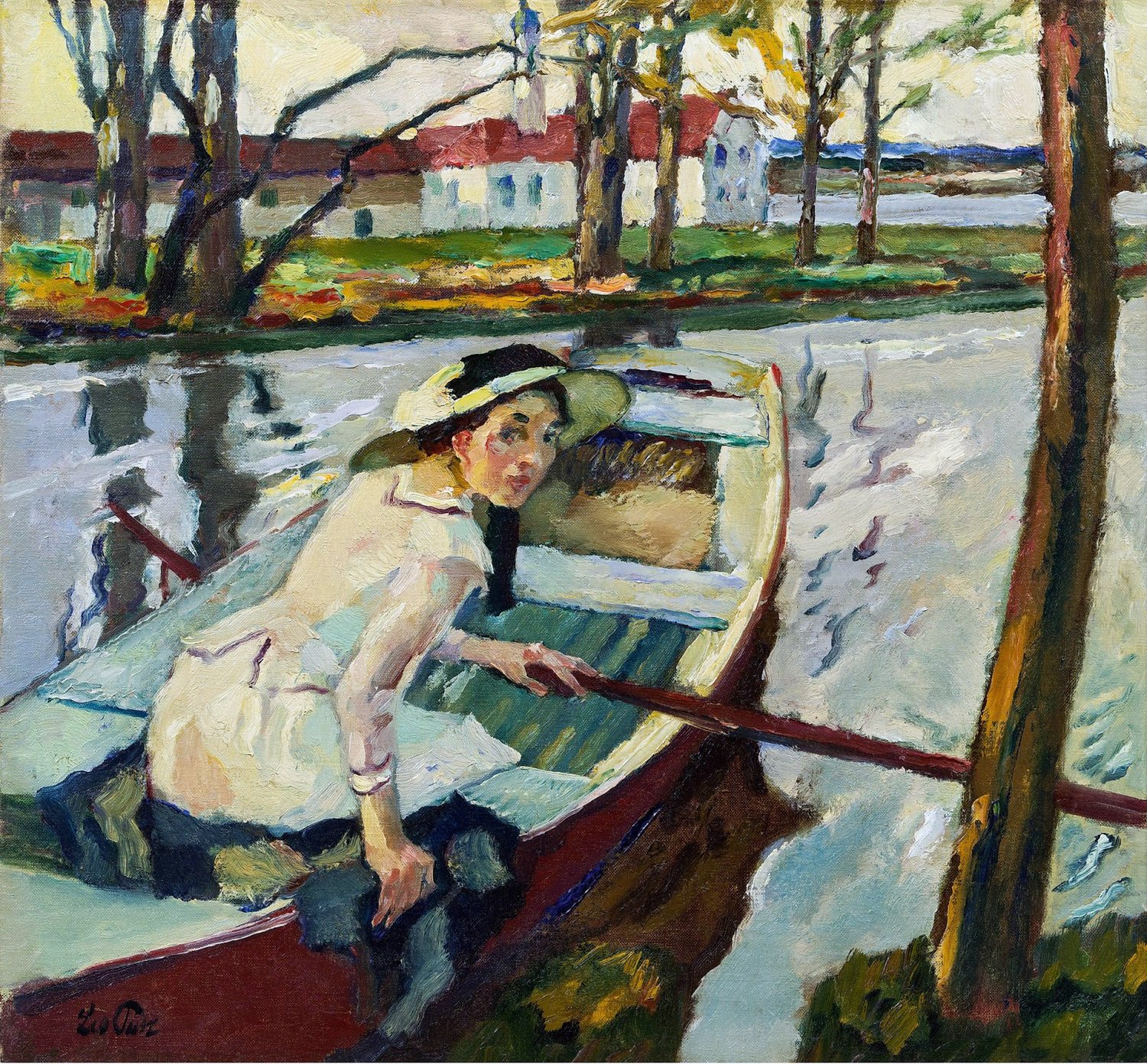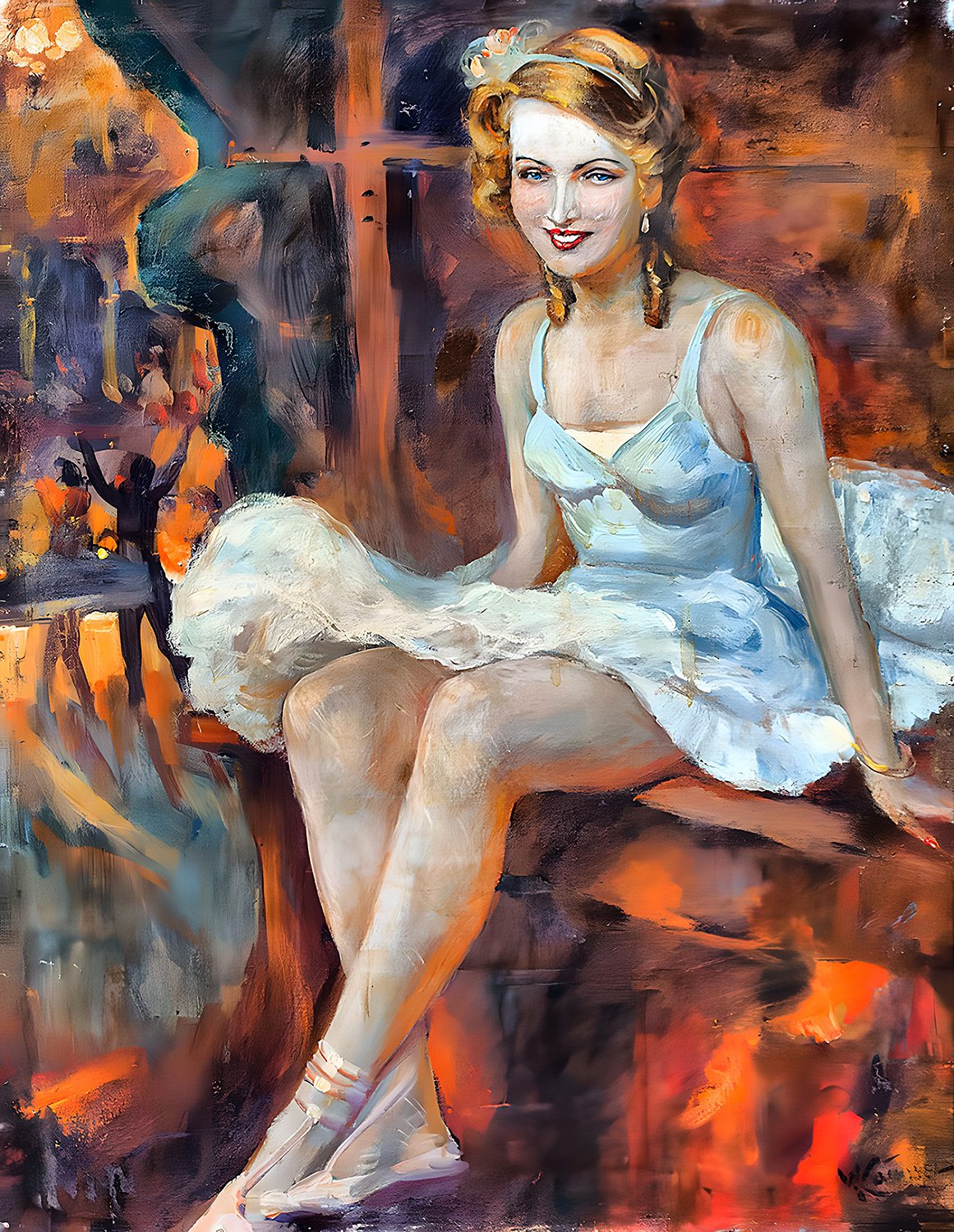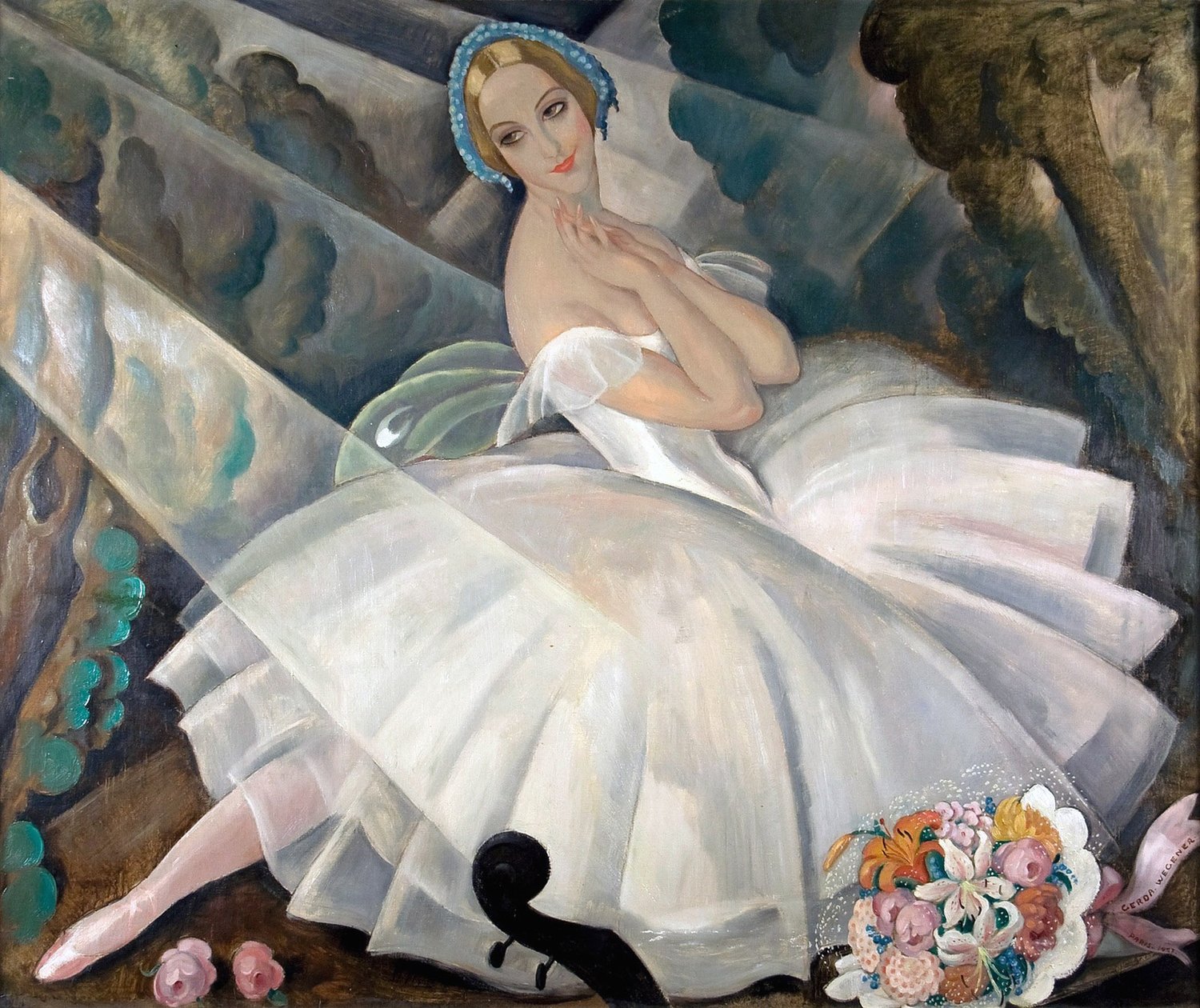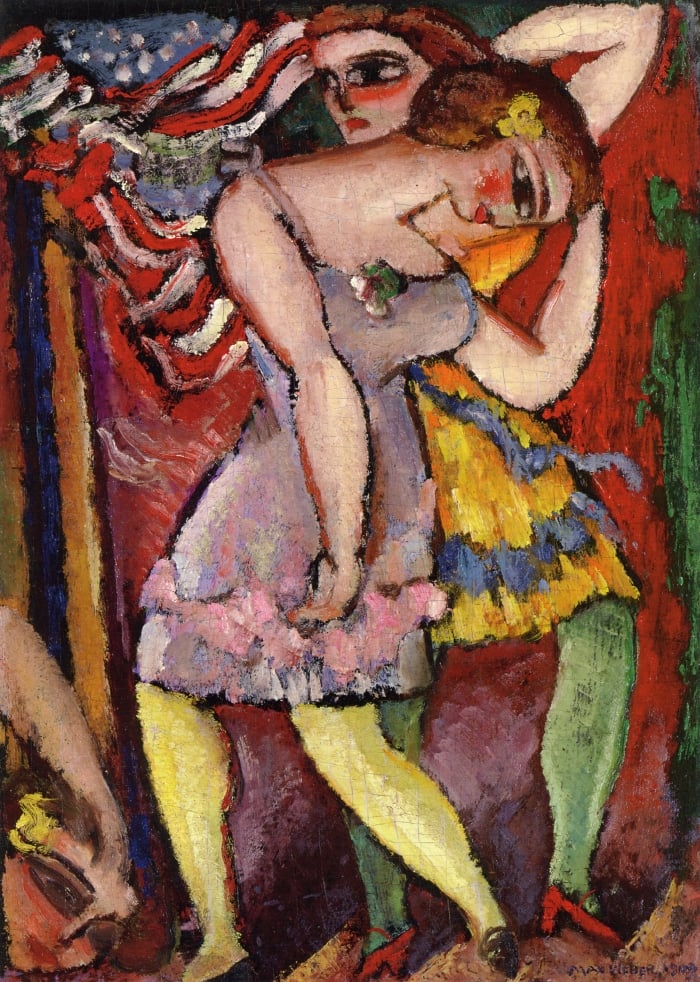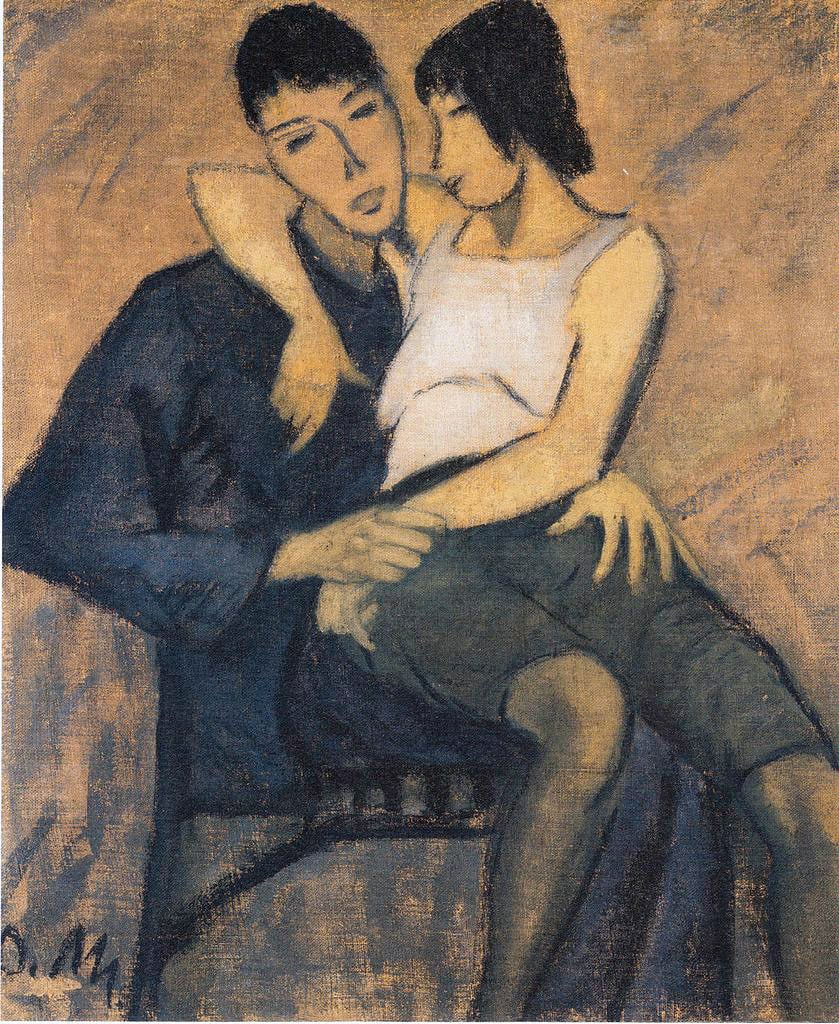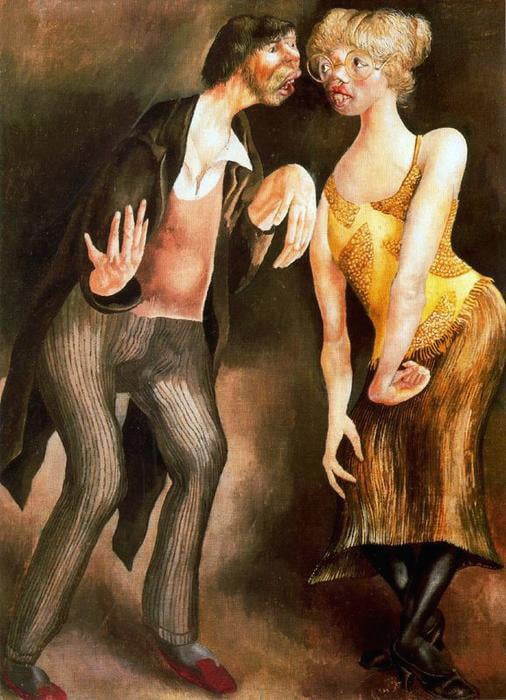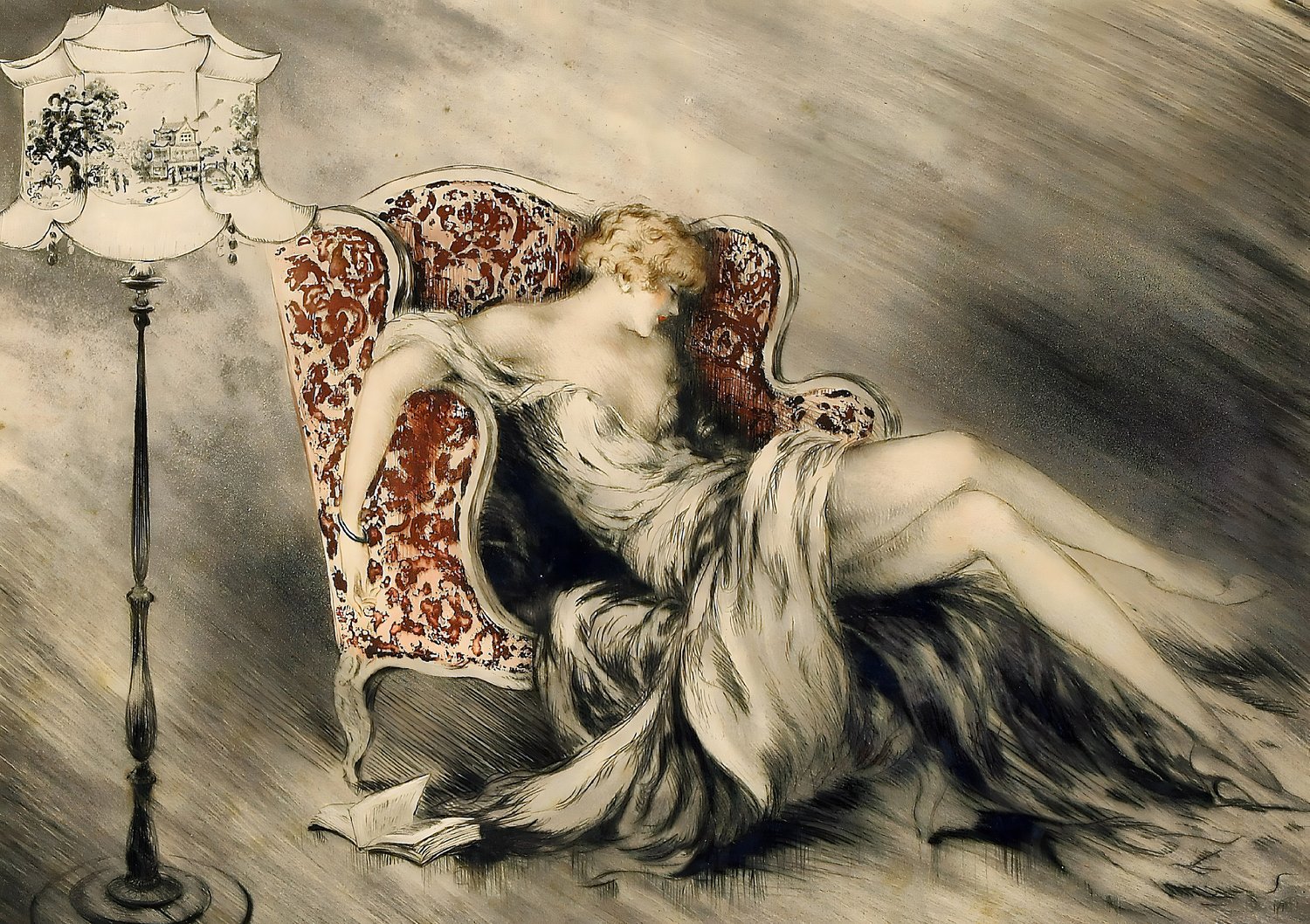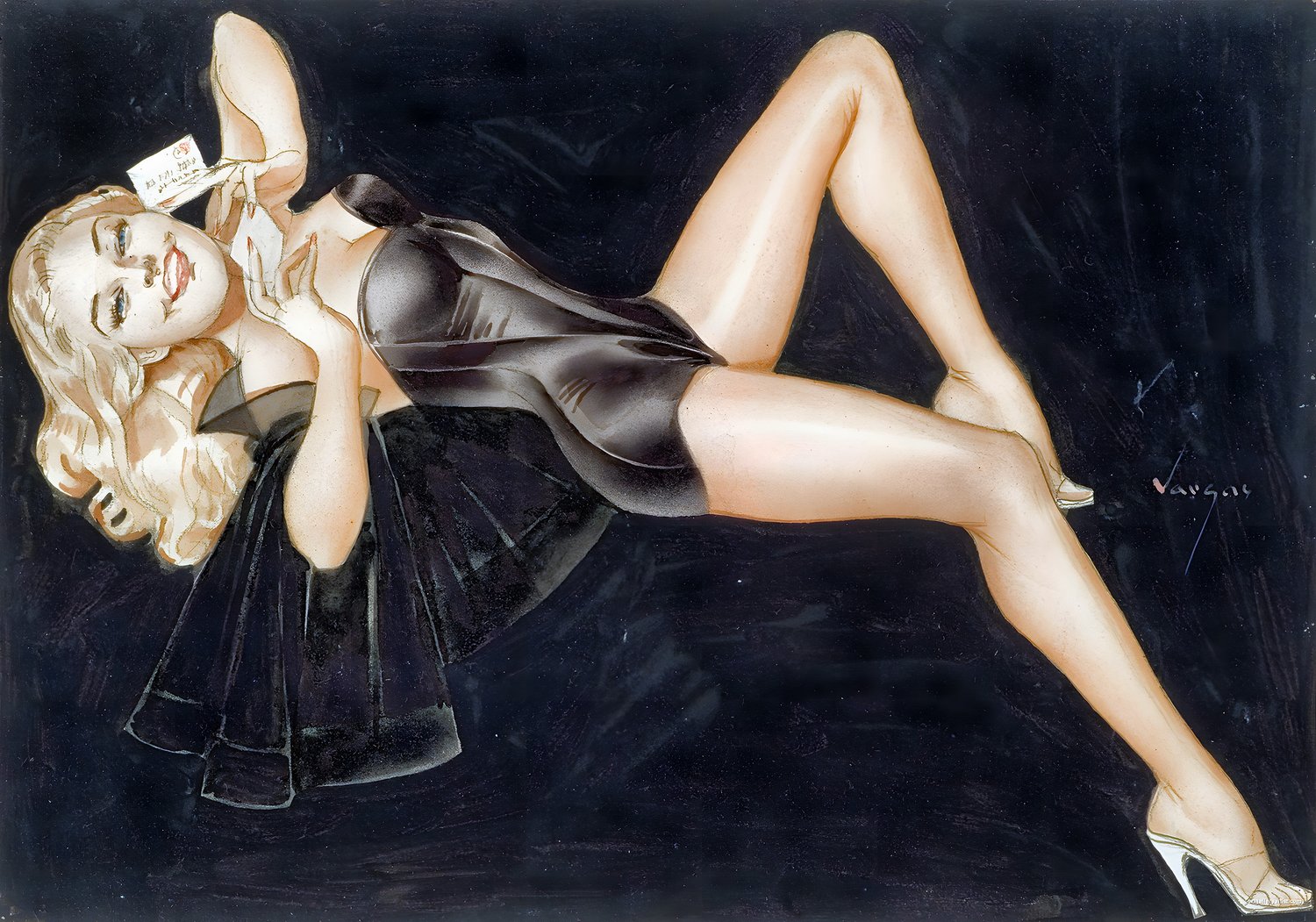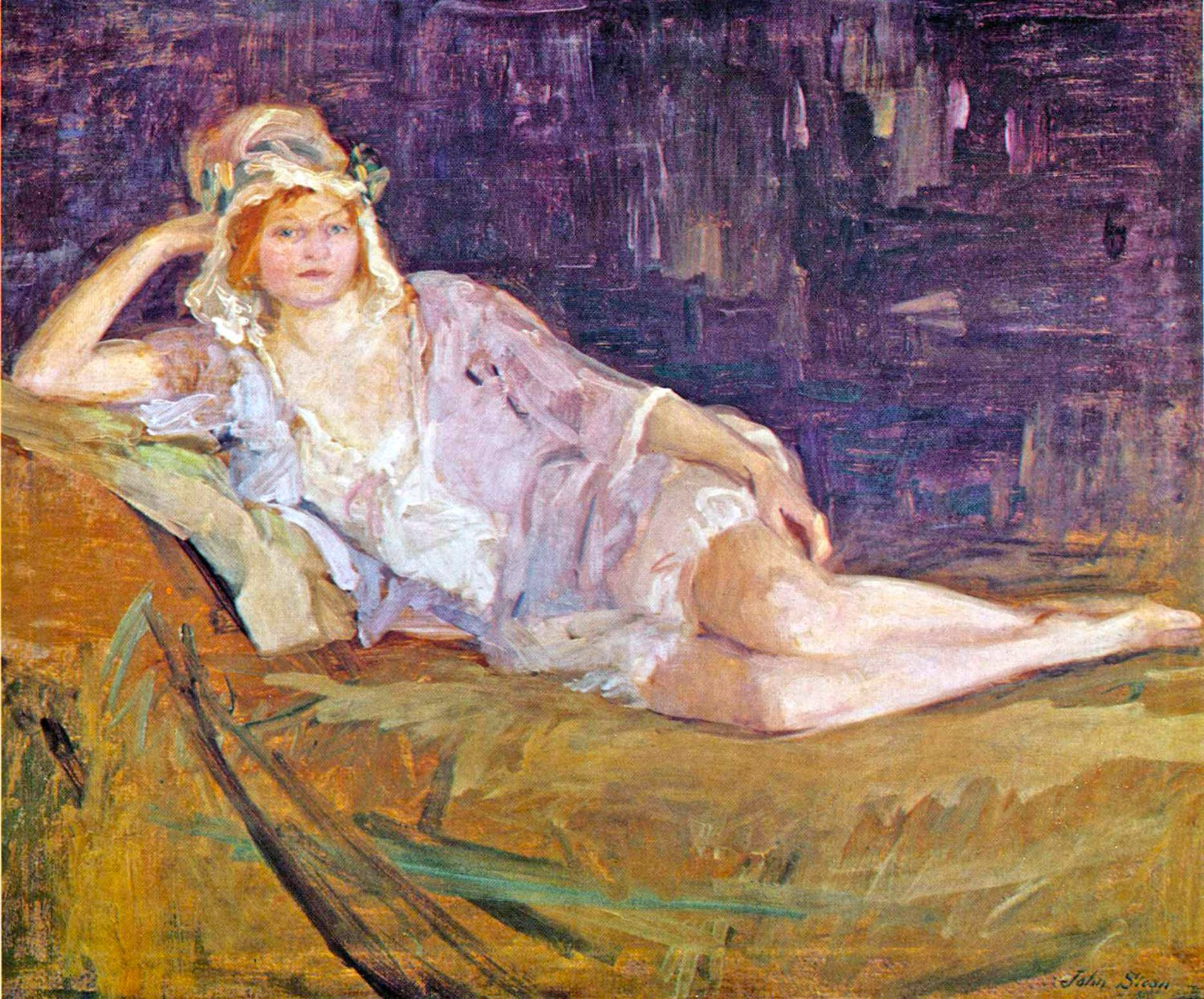The “first futurist” painter David Burliuk
On Sale
$0.00
$4.99

E-book in PDF-format with quantity of masterpieces of this artist for your Home Museum.
The “first futurist” of Russia was born on July 9 (21), 1882 in a large family, which constantly changed their place of residence. At the time of the birth of David, the Burliuk family lived on the farm Semirotovschina of the Kharkov province (now Sumy region).In 1902, after an unsuccessful attempt to become a student of the Academy of Arts, Burliuk went to Munich to the Royal Academy of Arts, then visited the school of A. Ashbe, and in 1904. begins training in the workshop of F. Cormon in Paris.
Studying at MUZHVZ (1910-14) gave the artist a great deal in terms of art education, as well as acquaintance with such progressively thinking talents - V.Mayakovsky, V. Khlebnikov, N. Guro; among the complex in nature of the group of bright individuals, his leadership and authority were absolute. Thanks to the direct participation of Burliuk, an association of painters “The Jack of Diamonds” (1910) was created and became popular. The artists of this group did not perceive academicism and realism, focusing more on cubism and post-impressionism, and later brought elements of national color to these trends, combining them with folk art. Following its outrageous "line", the association was chosen appropriate name - "Donkey's tail."
Burliuk's thoughts about a creative association that would promote a new national art led to the creation of the futuristic group “Gilea” in 1908, but everyone officially heard about it in 1910. Subsequently, the participants of the association began to be called cubofuturists.
After visiting Moscow in 1918, almost falling under execution with anarchists, the artist returned to Bashkiria, and from there he set off on a regular tour of the cities of the Urals and Siberia; in 1920-1922 He lives in Japan, where, in parallel with creativity, he studies the art and customs of the East. Thanks to hard work (about 300 works created), Burliuk gets a financial opportunity to move to America, and from 1922 he becomes a resident of the New World, successfully assimilating into society, and spending the rest of his days here.
In the US, the rhythm of Burliuk's creative life remains the same - painting, literature, exhibitions, publishing. In the sixties, in such large cities of the United States as Washington, San Francisco, New York, Seattle, a number of personal exhibitions of the artist are held. But the artist does not forget about his real homeland, his works are involved in exhibitions of Soviet painters.
Older years did not affect the performance of Burliuk, in the 1960s he visited Australia, where his works are exhibited, after which he is sent to the Czech Republic and Italy.
In an effort to confirm his eccentricity not only in creativity, but also in life, or rather, after it, Burliuk bequeathed to cremate his body, and dispel dust on the waters of the Atlantic, which was done after his death on January 15, 1967, Hampton Base, New York.


